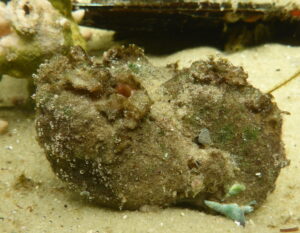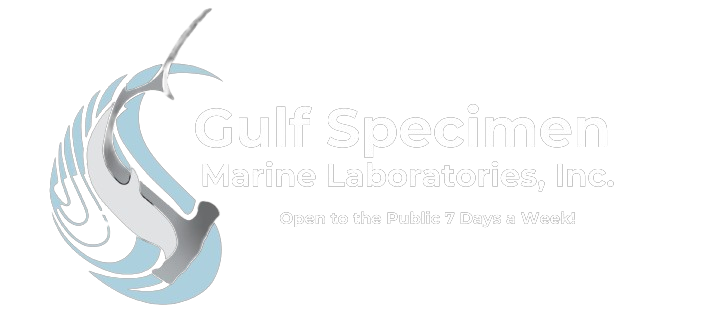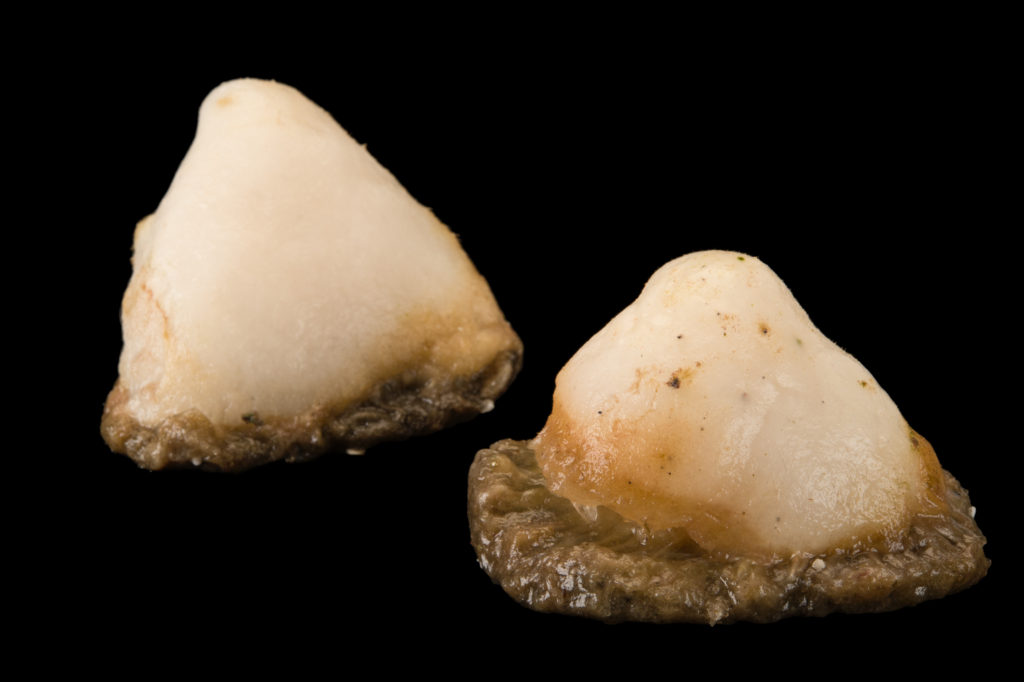Sea Squirts and Sea Pork
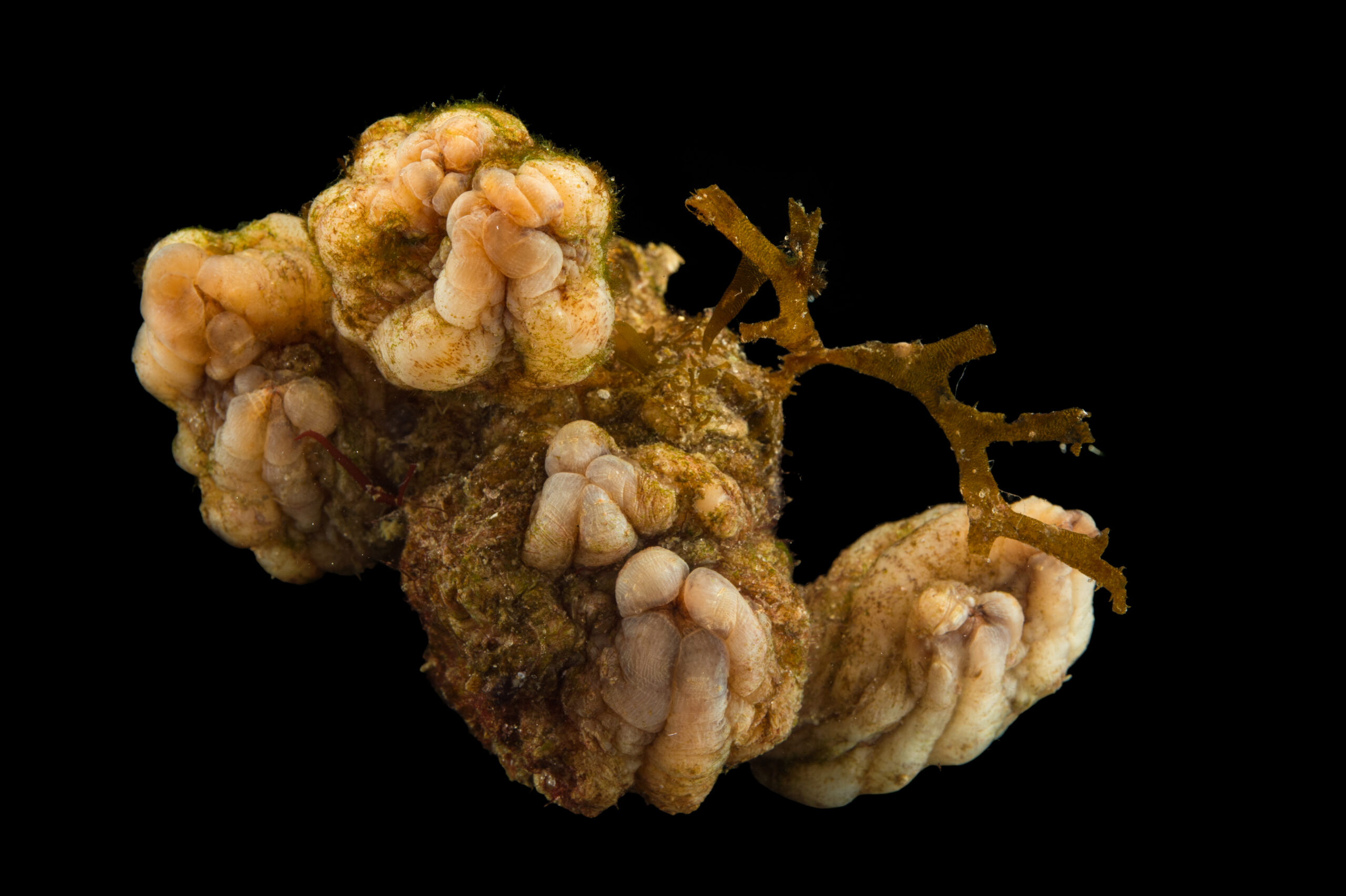
Class Ascidiacea
The tunicates. Who would believe that these large, fleshly blobs resembling a sponge for all practical appearances, are one of the most highly evolved of all marine invertebrates? In their adult form, they are little more than a water pump, pumping water in through their vascular system, extracting nutrients, and pumping the water out. It is in their larval stage that the tunicates display the characteristics that make them part of the same chordate phylum to which all fish, birds, reptiles, and mammals belong.
Watch Tunicate videos on YouTube.com
Palagic tunicate . Tunicates on boat bottom . Star tunicate in Maine . Tunicate out of body experience
$135.00 – $270.00
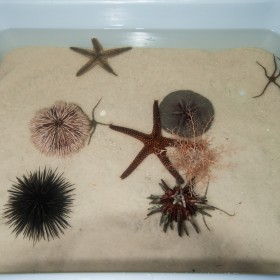
$135.00 – $270.00
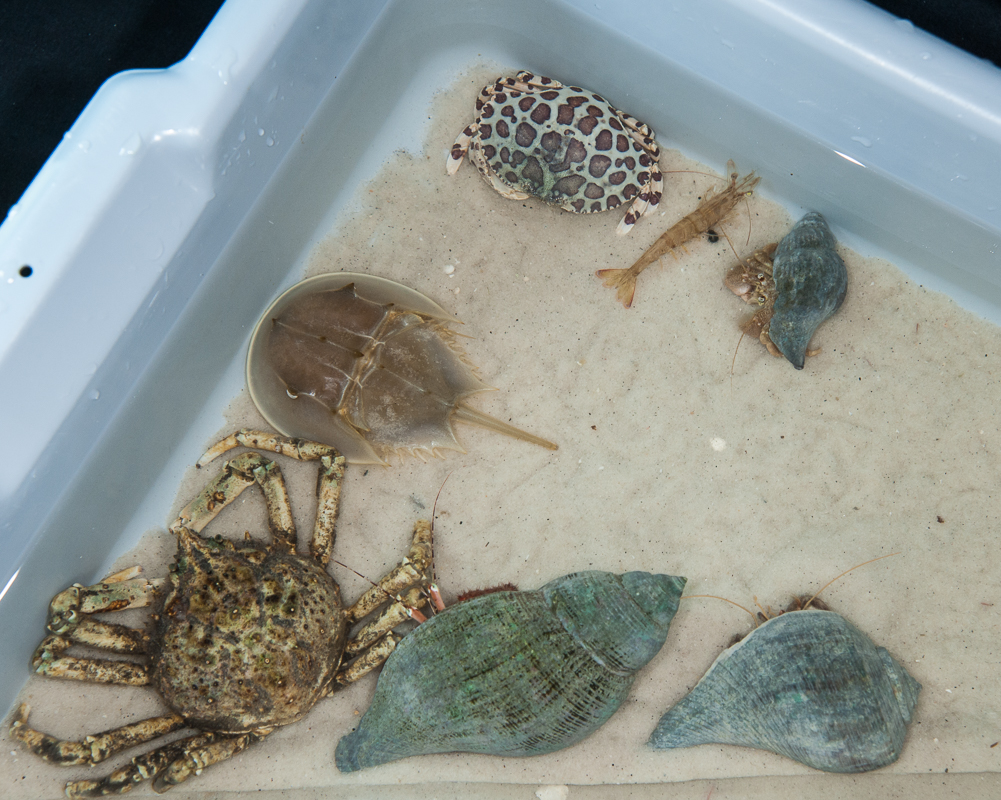
$135.00 – $270.00
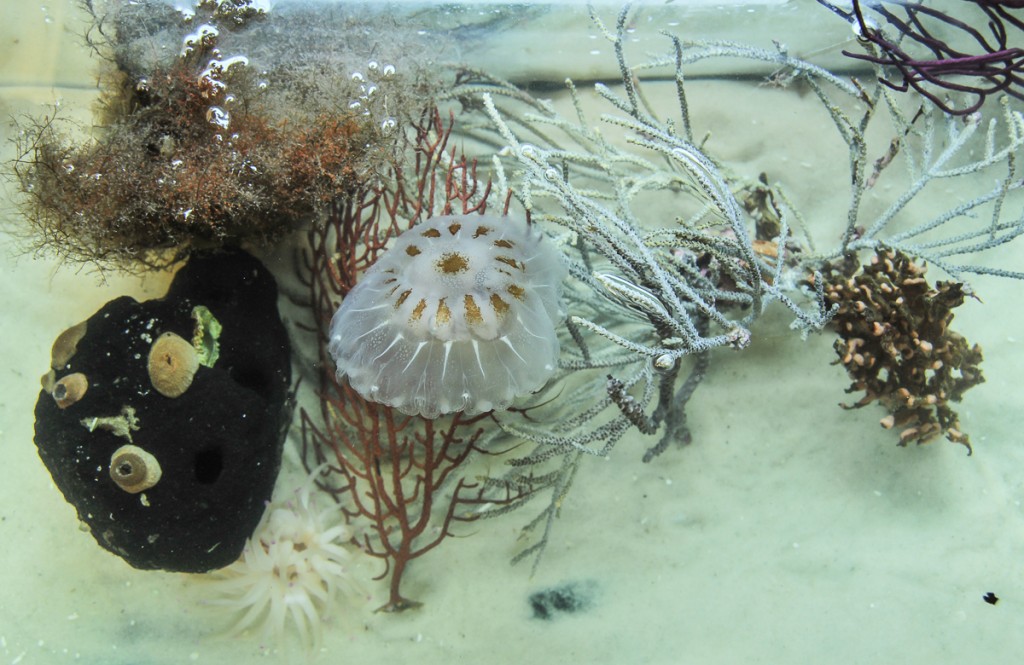
$135.00 – $270.00
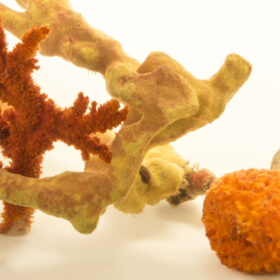
- Included are chitons, clams, mussels, whelks, snails, and nudibranchs. When abundant, scaphopods and/or frilled sea hares may be included.
$135.00 – $270.00
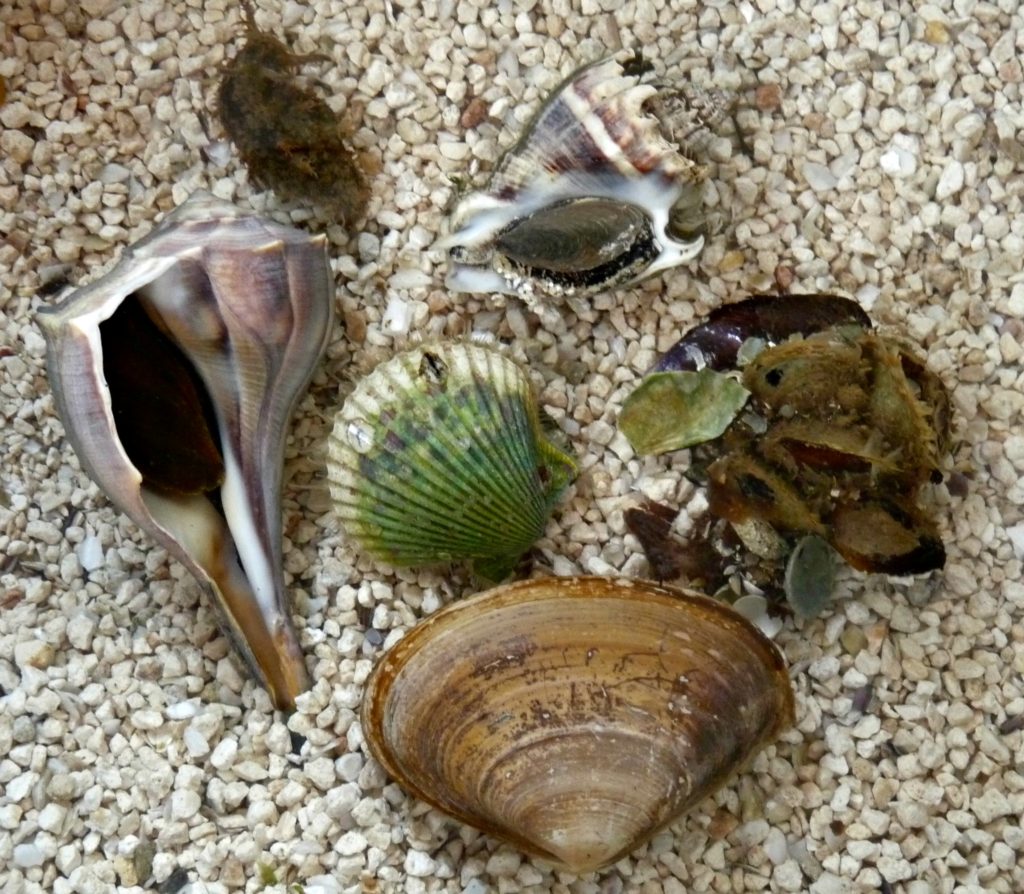
$99.00 – $129.50

$135.00 – $216.50
$135.00 – $191.00
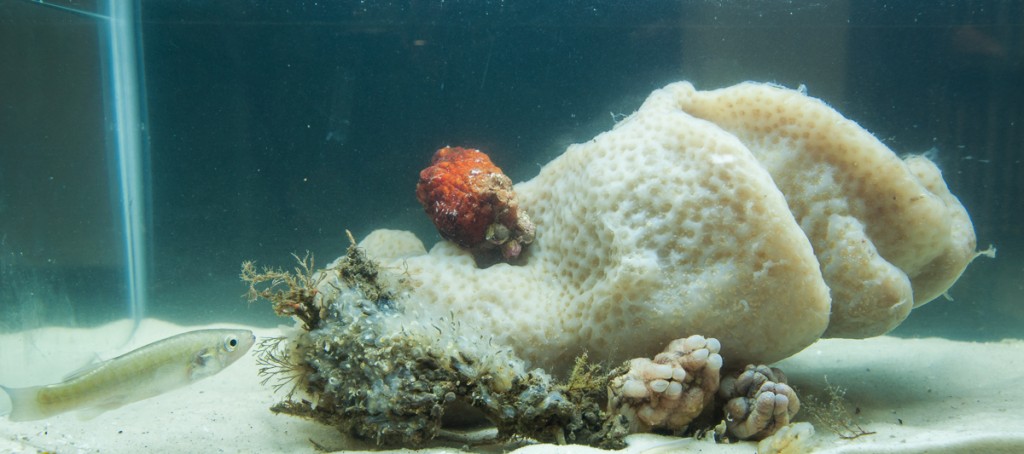
$135.00 – $270.00
Arius felis
Each Dozzen small ---123
Each Dozzen small ---123
Each Dozzen small ---123
Each Dozzen small ---123
$22.50
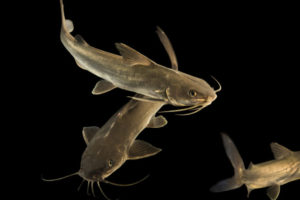
Hardhead sea catfish (Arius felis)
Spheroides nephelus
$25.50
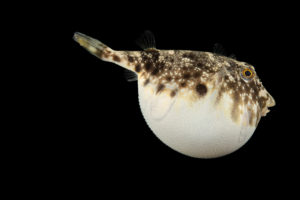
Southern puffer (Spheroides nephelus)
Lactophrys tricornis
$25.50
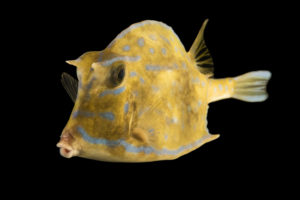
A cowfish (Lactophrys tricornis)
Balistes capriscus
$80.50
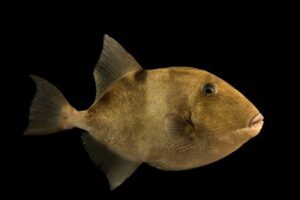
Grey triggerfish (Balistes capriscus) at Gulf Specimen Marine Lab and Aquarium.
Monacanthus hispidus
$13.00 – $17.00
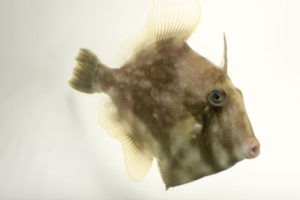
Gobiesox strumosus
$24.50
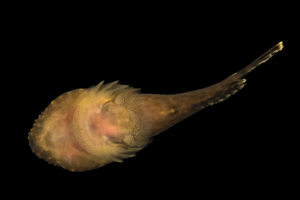
Clingfish or skilletfish (Gobiesox strumosus)
Symphurus plagiusa
$20.00
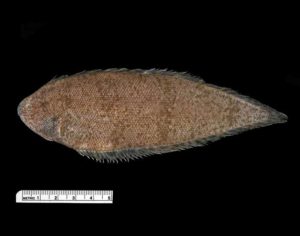
Trinectes maculatus
$22.50
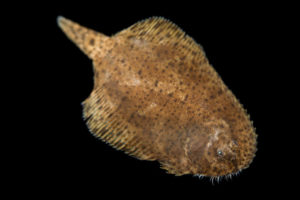
Hogchoker (Trinectes maculatus)
Paralichthys oblongus
$22.50
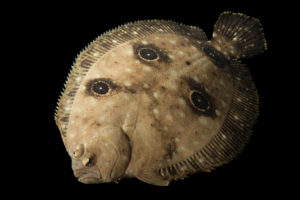
Four-spotted flounder (Paralichthys oblongus)
Paralichthys albigutta
$21.50 – $34.50
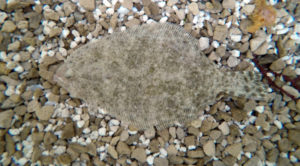
Mugil cephalus.
$22.50
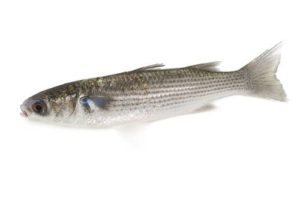
Serranus subligarius
$31.50

Belted sandfish (Serranus subligarius)
Chasmodes saburrae and other species
$17.00
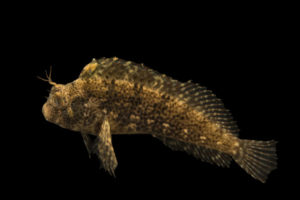
Feather blennie (Hypsoblennius henzi)
Halichoeres bivittatus
$17.50
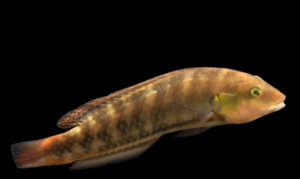
Green wrasse (Halichoeres bivittatus) at Gulf Specimen Marine Lab in Panacea, FL.
Prionotus scitulus, P. tribulus
$25.50

Bighead searobin (Prionotus tribulus)
Scorpaena brasiliensis
$29.00
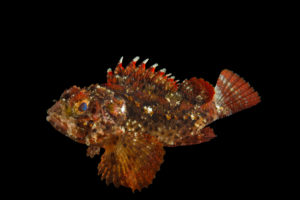
A scorpionfish (Scorpaena brasiliensis)
Chaetodipterus faber
$45.00 – $56.50

Atlantic spadefish (Chaetodipterus faber)
Diplodus holbrookii
$14.00

Lagodon rhomboides
$14.00
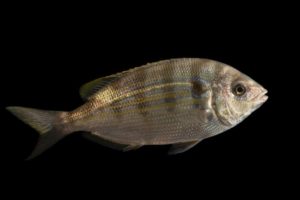
Lagodon rhomboides
$22.50
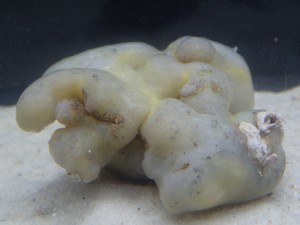
$22.50
$25.50
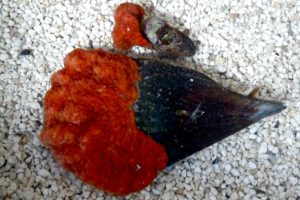
$25.50
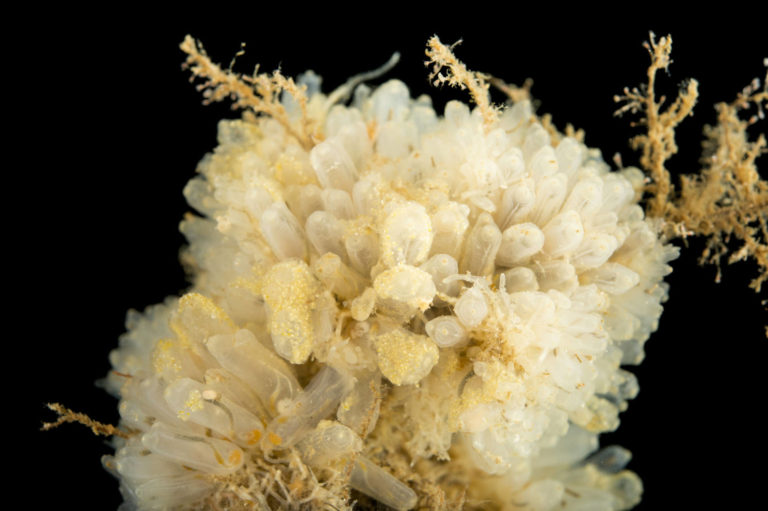
$25.50

$25.50
$27.50
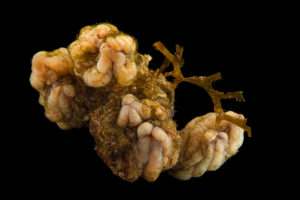
$25.50

$27.50
